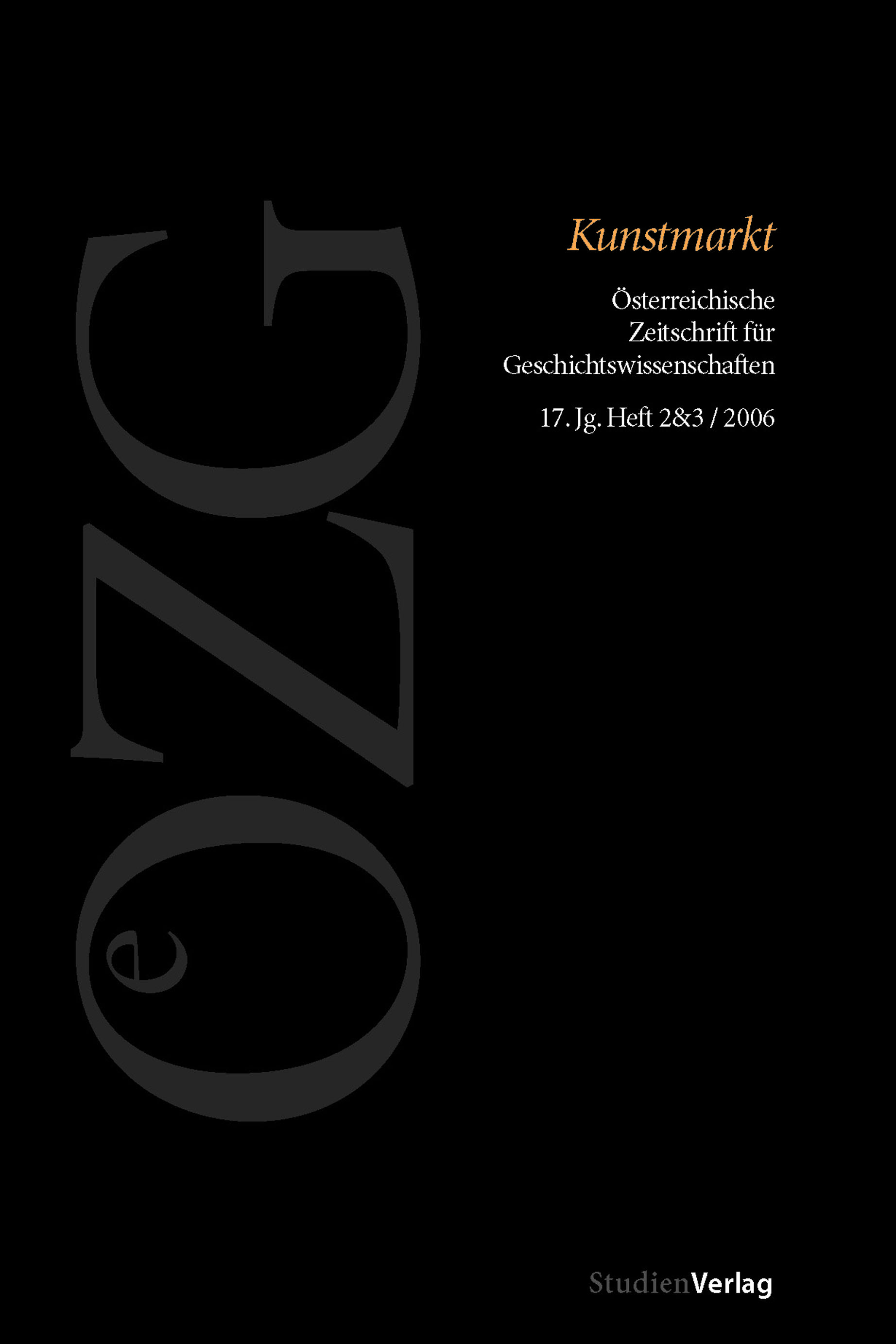Art System and Society of Control
Exhibition vs. Autonomy: On recent changes in form and function of structural coupling
DOI:
https://doi.org/10.25365/oezg-2006-17-2-6Abstract
The article deals with new practices in exhibiting art, which came up in the nineties, and with the increasing influence and popularity of ›curators‹ in the global art world at that time. The article focuses on Berlin’s art scene 1995–2005 – taking into account both spectacular exhibitions like The MoMA in Berlin and small ambitious curatorial projects. I am suggesting that the observed curatorial tendencies are related to a fundamental shift in modern society. In order to underpin this thesis the text combines two theoretical approaches. Applying the concept of ›structural coupling‹ (Niklas Luhmann) to art exhibitions, the way such couplings work today not only emerges as part of the transformation from a society of ›discipline‹ to one of ›control‹ – as analysed by Foucault and Deleuze. It also becomes evident that this change poses a threat to the autonomy of modern function systems. Autonomy, on the one hand, and regular public exhibitions, on the other, have always been two indispensable presuppositions of the modern art system, which are at the same time partly contradictory: the latter referring to necessary contacts (structural coupling) of the system with its ›outside‹, the former referring to the necessity of a strictly independent reproduction of the system. However, in the age of discipline exhibitions merely endeavoured to diminish the possible public effects of art. Today’s curating practices, on the other hand, try themselves – as the article shows – to define and control a steadily increasing range of political, economical, educational and entertaining effects of art.


